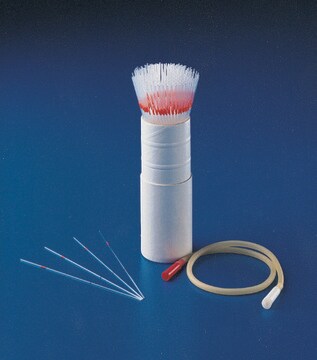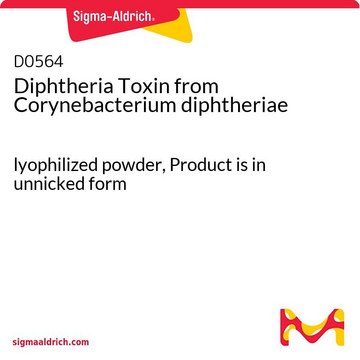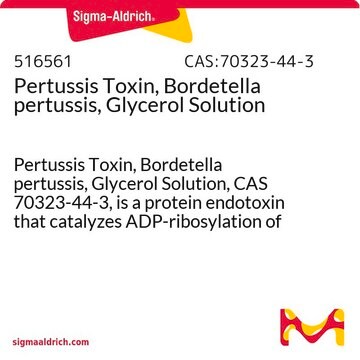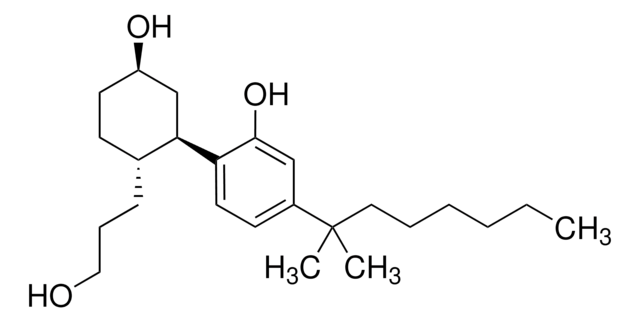Key Documents
P2980
Pertussis toxin
from Bordetella pertussis, buffered aqueous glycerol solution, protein endotoxin
Synonim(y):
Histamine-sensitizing factor, IAP, Islet Activating Protein, PTX, Pertussigen
About This Item
Polecane produkty
product name
Pertussis toxin from Bordetella pertussis, buffered aqueous glycerol solution
opis
aseptically packaged
Poziom jakości
Postać
buffered aqueous glycerol solution
Warunki transportu
dry ice
temp. przechowywania
−20°C
informacje o genach
Bordetella pertussis Tohama I ... ptxA(2665068) , ptxB(2665069) , ptxC(2665408)
Szukasz podobnych produktów? Odwiedź Przewodnik dotyczący porównywania produktów
Opis ogólny
Zastosowanie
Działania biochem./fizjol.
Cechy i korzyści
Postać fizyczna
Kod klasy składowania
10 - Combustible liquids
Klasa zagrożenia wodnego (WGK)
WGK 2
Temperatura zapłonu (°F)
Not applicable
Temperatura zapłonu (°C)
Not applicable
Certyfikaty analizy (CoA)
Poszukaj Certyfikaty analizy (CoA), wpisując numer partii/serii produktów. Numery serii i partii można znaleźć na etykiecie produktu po słowach „seria” lub „partia”.
Masz już ten produkt?
Dokumenty związane z niedawno zakupionymi produktami zostały zamieszczone w Bibliotece dokumentów.
Klienci oglądali również te produkty
Nasz zespół naukowców ma doświadczenie we wszystkich obszarach badań, w tym w naukach przyrodniczych, materiałoznawstwie, syntezie chemicznej, chromatografii, analityce i wielu innych dziedzinach.
Skontaktuj się z zespołem ds. pomocy technicznej






